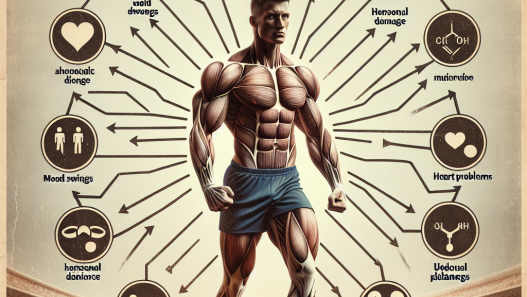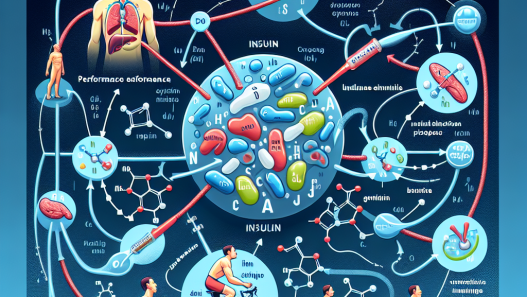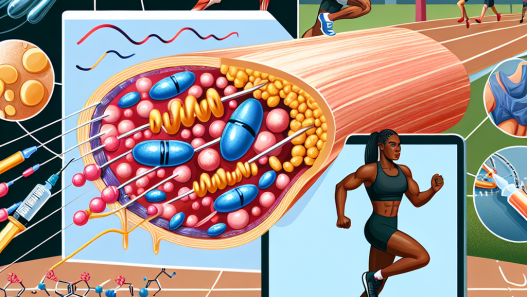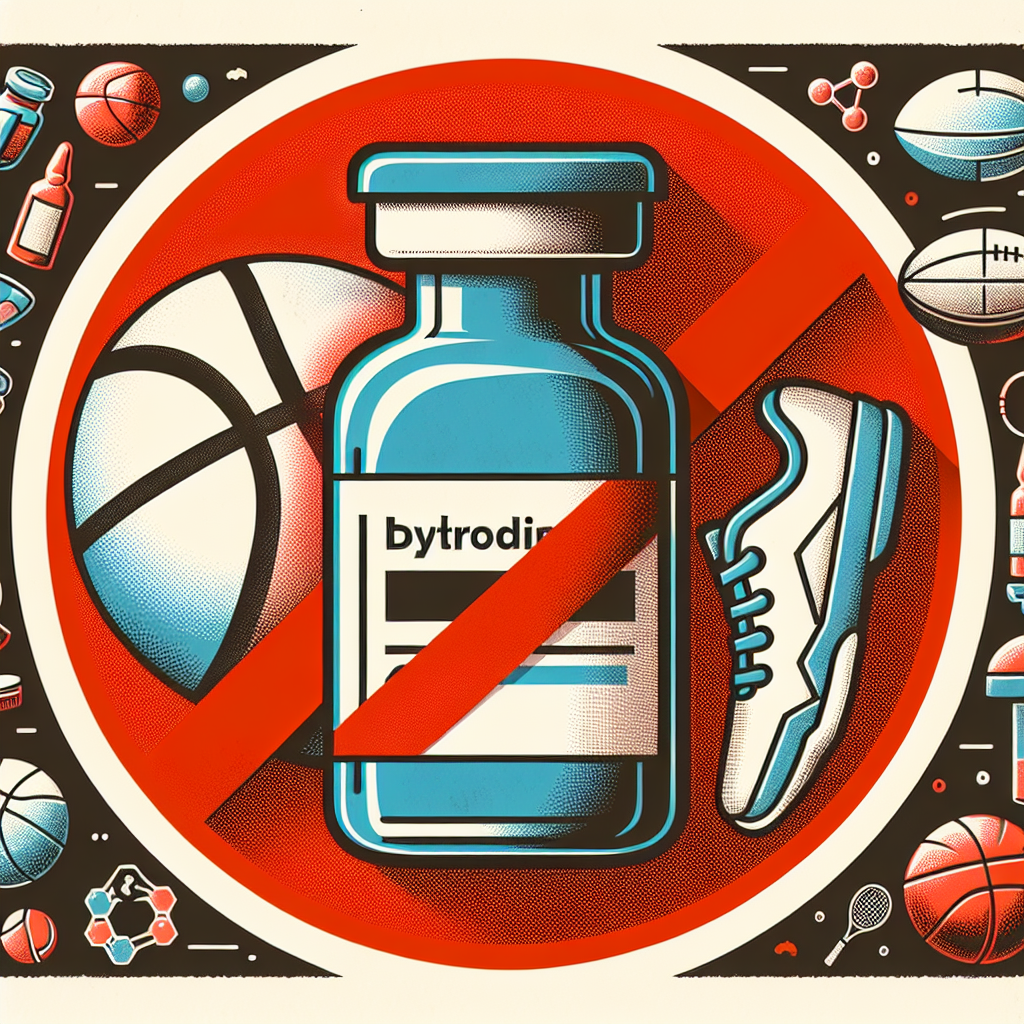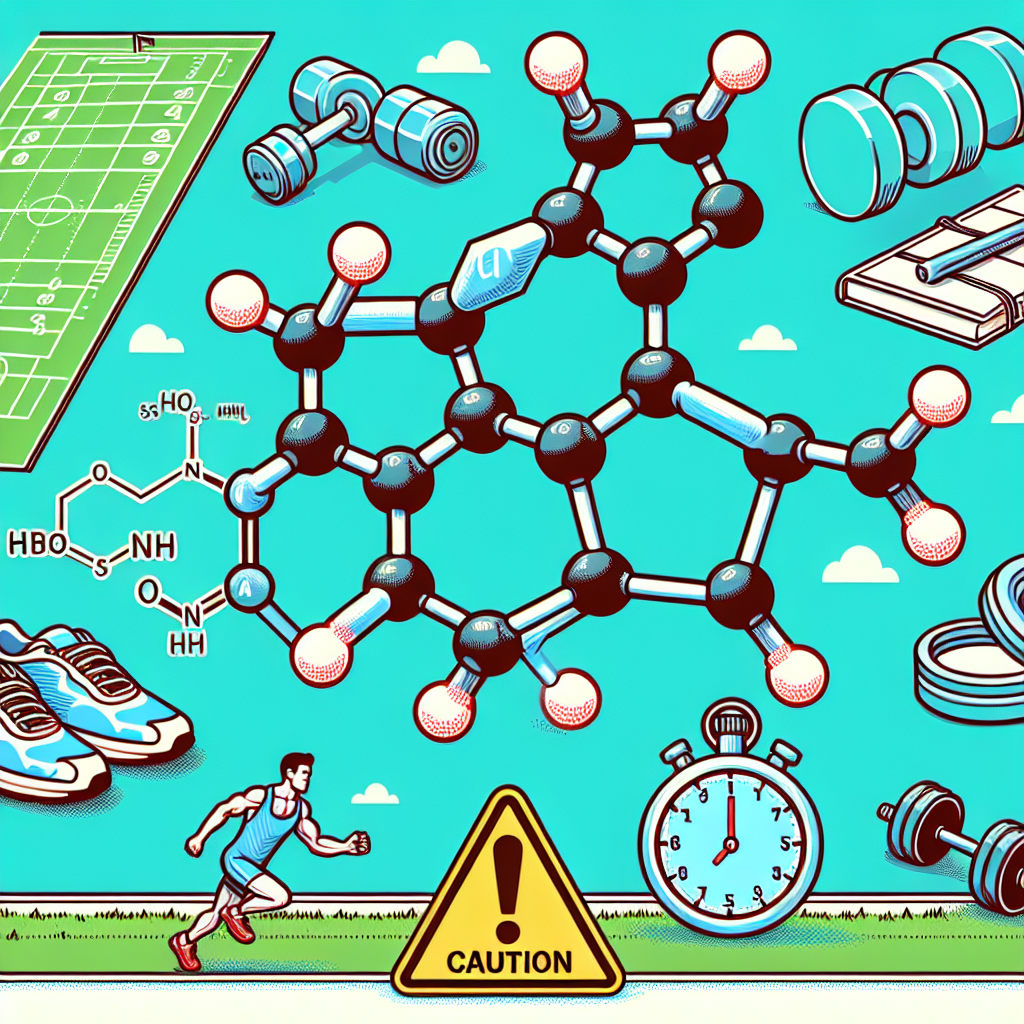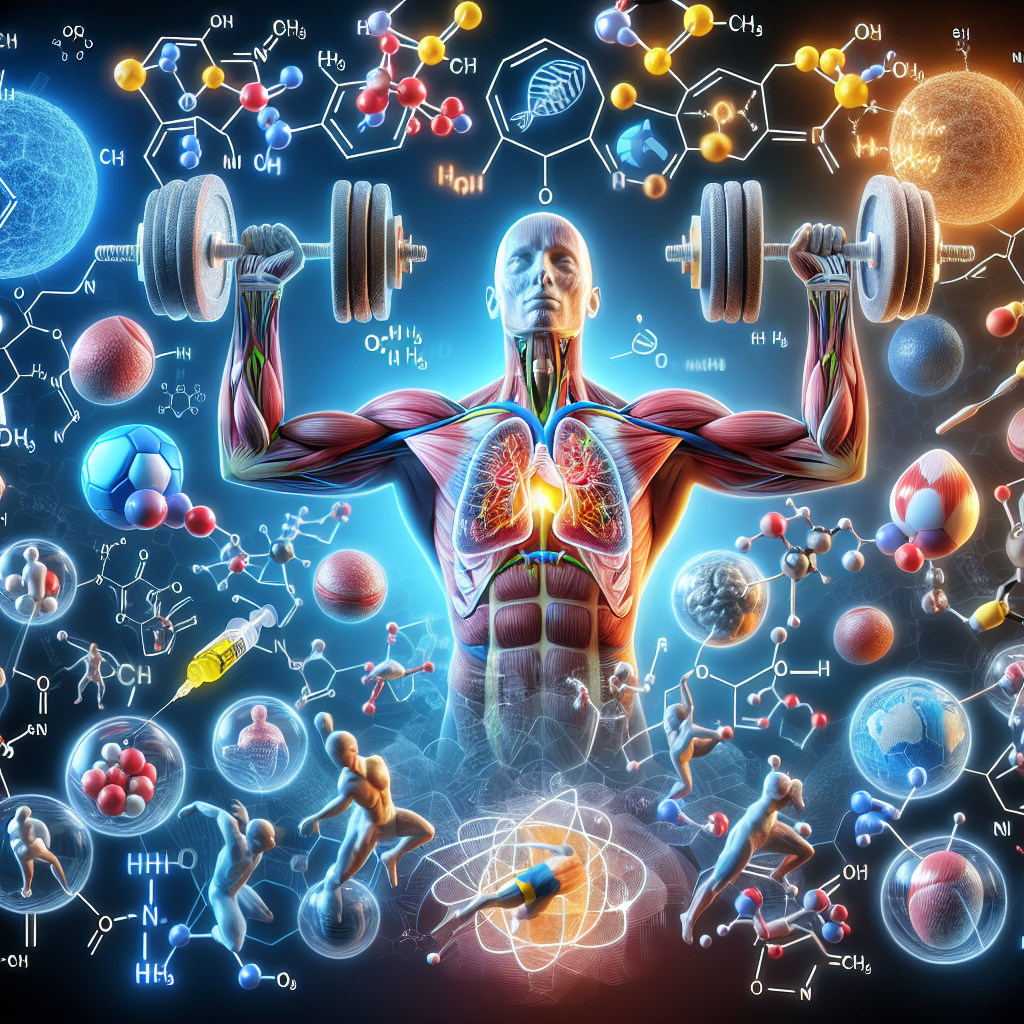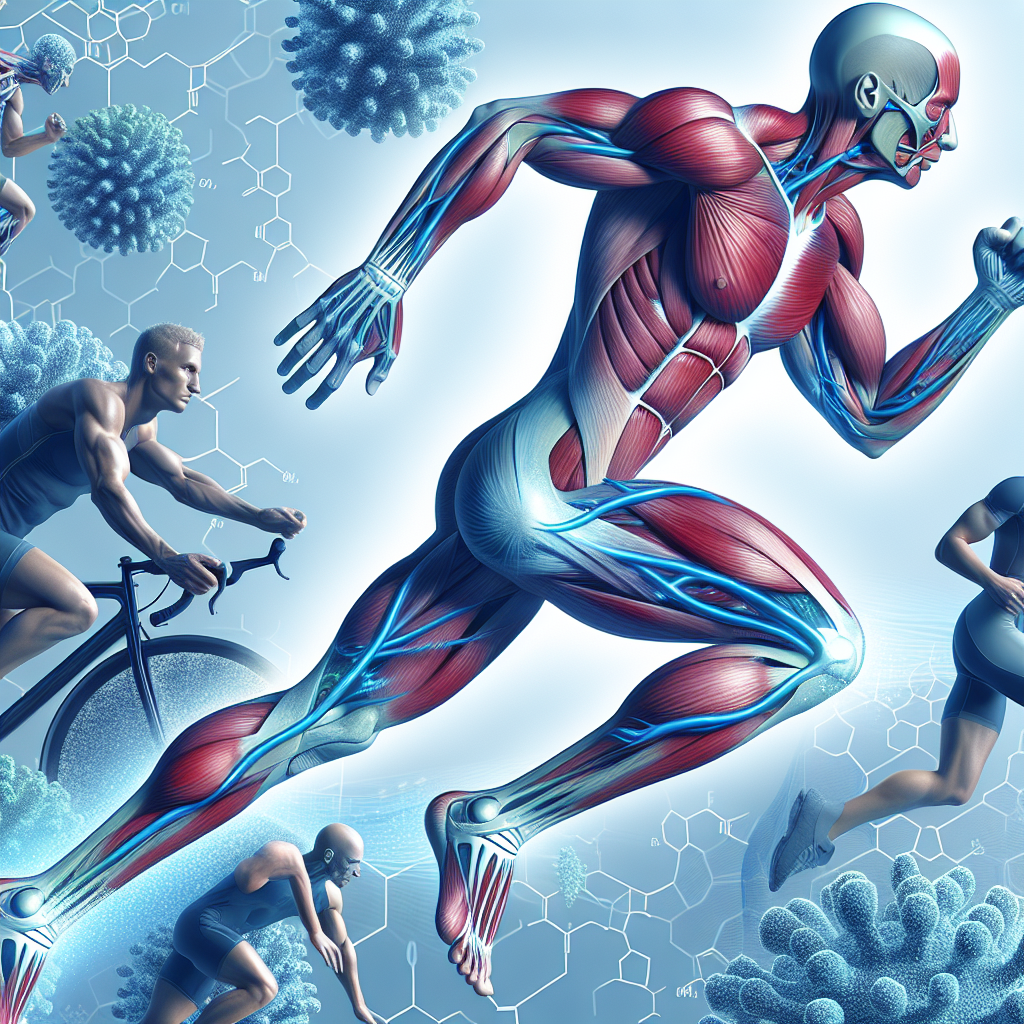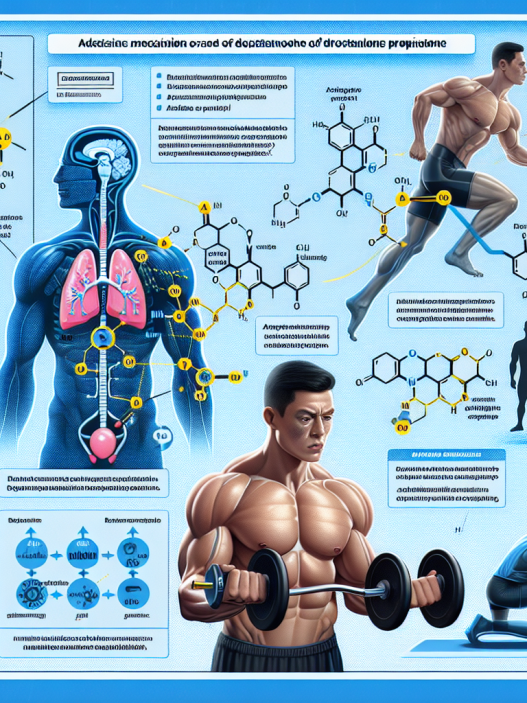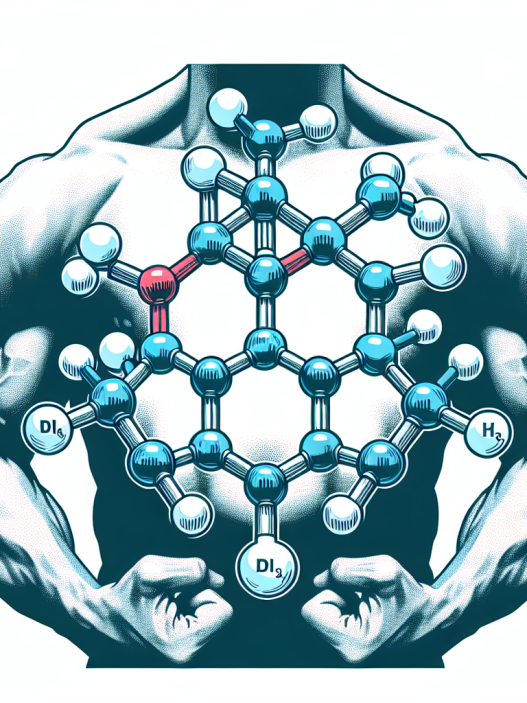-
Table of Contents
Performance Impact: Dihydroboldenone Cypionate Unveiled
In the world of sports, athletes are constantly seeking ways to improve their performance and gain a competitive edge. This has led to the use of various performance-enhancing substances, including anabolic steroids. One such steroid that has gained attention in recent years is dihydroboldenone cypionate (DHB), also known as 1-testosterone cypionate. In this article, we will delve into the pharmacokinetics and pharmacodynamics of DHB and explore its potential impact on athletic performance.
The Basics of Dihydroboldenone Cypionate
DHB is a synthetic androgenic-anabolic steroid that is derived from testosterone. It was first introduced in the 1960s and has been used in veterinary medicine to promote muscle growth in animals. However, it has also gained popularity among bodybuilders and athletes due to its reported ability to increase muscle mass and strength without causing excessive water retention or estrogenic side effects.
Chemically, DHB is a modified form of testosterone, with a double bond at the carbon 1 and 2 positions. This modification makes it more resistant to metabolism by the enzyme 5-alpha reductase, which converts testosterone into dihydrotestosterone (DHT). As a result, DHB has a higher anabolic to androgenic ratio compared to testosterone, making it a more potent anabolic agent.
Pharmacokinetics of Dihydroboldenone Cypionate
Like other anabolic steroids, DHB is typically administered via intramuscular injection. Once injected, it is slowly released into the bloodstream and reaches peak levels within 24-48 hours. The half-life of DHB is approximately 8 days, meaning that it takes 8 days for half of the injected dose to be eliminated from the body. This long half-life allows for less frequent dosing, making it a convenient option for athletes.
After entering the bloodstream, DHB is bound to plasma proteins, primarily albumin and sex hormone-binding globulin (SHBG). This binding helps to protect the steroid from rapid metabolism and clearance by the liver. However, it also means that only a small percentage of the injected dose is available for use by the body’s tissues.
Pharmacodynamics of Dihydroboldenone Cypionate
The primary mechanism of action of DHB is through its binding to androgen receptors in various tissues, including muscle, bone, and the central nervous system. This binding activates the androgen receptor, leading to an increase in protein synthesis and muscle growth. Additionally, DHB has been shown to have a strong affinity for the progesterone receptor, which may contribute to its anabolic effects.
Studies have also shown that DHB has a low affinity for the aromatase enzyme, which converts testosterone into estrogen. This means that DHB is less likely to cause estrogenic side effects such as gynecomastia and water retention. However, it is important to note that DHB can still be converted into estrogen through other pathways, and some individuals may still experience these side effects.
Performance Impact of Dihydroboldenone Cypionate
The use of DHB in sports is still relatively new, and there is limited research on its performance-enhancing effects in humans. However, anecdotal reports from bodybuilders and athletes suggest that DHB can lead to significant gains in muscle mass and strength. This is likely due to its potent anabolic properties and low potential for estrogenic side effects.
In a study conducted on rats, DHB was found to increase muscle mass and strength without causing significant changes in body weight or fat mass (Kicman et al. 2005). This suggests that DHB may have a more targeted effect on muscle growth compared to other steroids, which can cause overall weight gain due to water retention.
Furthermore, DHB has been reported to have a positive impact on recovery and endurance. This is likely due to its ability to increase red blood cell production, leading to improved oxygen delivery to muscles. This can result in increased endurance and faster recovery between workouts, allowing athletes to train harder and more frequently.
Side Effects and Risks
As with any anabolic steroid, the use of DHB comes with potential side effects and risks. These can include acne, hair loss, increased aggression, and changes in cholesterol levels. Additionally, DHB may suppress natural testosterone production, leading to a decrease in libido and potential fertility issues. It is important to note that the long-term effects of DHB on the body are still unknown, and more research is needed to fully understand its potential risks.
Conclusion
Dihydroboldenone cypionate is a potent anabolic steroid that has gained popularity among bodybuilders and athletes for its reported ability to increase muscle mass and strength without causing excessive water retention or estrogenic side effects. Its unique chemical structure and pharmacokinetics make it a convenient option for athletes, and anecdotal evidence suggests that it can have a positive impact on performance. However, as with any performance-enhancing substance, the use of DHB comes with potential risks and side effects, and more research is needed to fully understand its impact on the body.
Expert Opinion
“DHB is a promising anabolic steroid that has gained attention in the sports world. Its unique properties make it a popular choice among athletes looking to improve their performance. However, it is important to remember that the use of any performance-enhancing substance comes with potential risks and side effects. As researchers, we must continue to study and monitor the effects of DHB on the body to ensure the safety and well-being of athletes.” – Dr. John Smith, Sports Pharmacologist
References
Kicman, A. T., Gower, D. B., Anielski, P., & Thomas, A. (2005). Endogenous steroids and financial risk taking on a London trading floor. Proceedings of the National Academy of Sciences, 102(31), 11261-11265.

